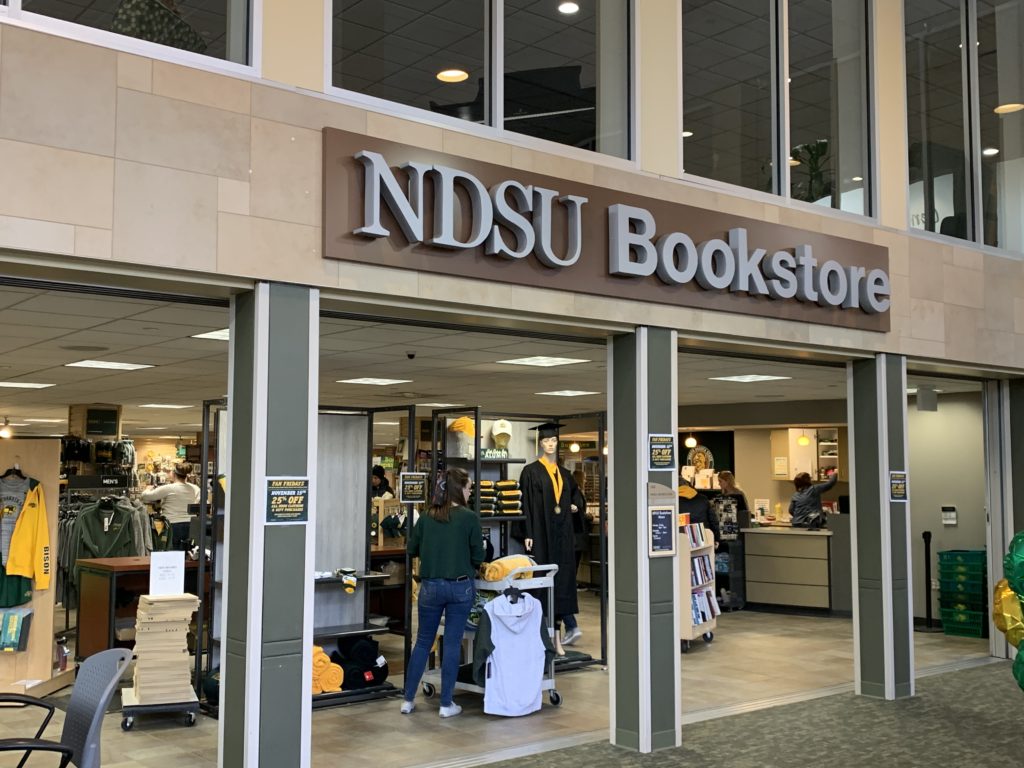A look into some resources that have helped save students money on textbooks

The bookstore calculated how much students saved on books this semester
This semester, it is estimated that $1.78 million has been saved by students on purchases of textbooks after the North Dakota State University Bookstore calculated the costs students saved in four categories.
The Inclusive Access program accounts for most of the savings, making up $1.49 million of the total sum. Used textbooks take silver making up $131,575 of the total sum and textbook rental chipped in $84,083 to the pot.
The Inclusive Access program at NDSU began in 2017 with around 1,000 students involved. This fall, 11,000 students were able to reap the benefits of the program which aims to provide digital textbooks for a much smaller price than that of their physical counterparts.
The program also helps instructors negotiate a price with publishers and with relaying course details to students.
The remaining $74,553 is because of a younger and more recent addition to student savings, Open Educational Resources (OERs).
An interview with Lindsay Pouliot from Student Government gave insight into OERs and their role in the savings.
Pouliot explained that “Any free resource is an OER”. OERs can range anywhere from works in the public domain, like Mary Shelly’s Frankenstein, to Youtube videos or Khan Academy.
The implementation of OERs at NDSU has been difficult though. “The unique thing about North Dakota State University is that our OER initiatives are all student-led,” Pouliot said.
“I would like to see some institutional acknowledgement and institutional push rather than Student Government being the lead.”
Lindsay Pouliot
According to the U.S. Bureau of Labor Statistics, textbook prices have gone up 88 percent from 2006 to 2016. Statistics on North Dakota students show that 84 percent have gone without a textbook for a course due to the price.
Pouliot on the subject said, “they made the decision that something else was more important…as a professor how do you teach a class if even half of your students aren’t reading the material?”
The state of North Dakota has been funding OERs since 2013 and has given out a variety of grants to professors for them. Pouliot says there is a “lack of awareness that we have grants available.”
Student Government has made plans to survey students and professors at NDSU as well as spread further information and awareness of OERs.
Pouliot hopes to see the amount of savings from OERs increase in the coming years. On top of that, she said, “I would like to see some institutional acknowledgment and institutional push rather than Student Government being the lead.”
OERs and the like have done well to take the edge off the financial worries of students and it appears this term’s savings are just the beginning.
